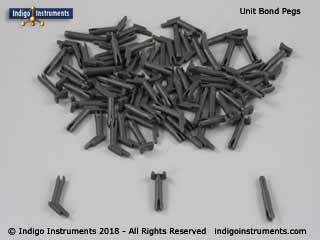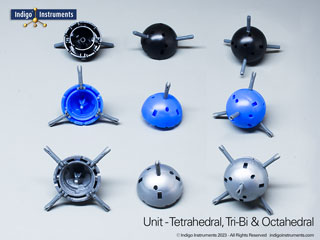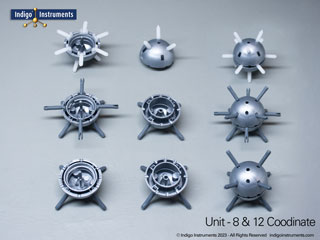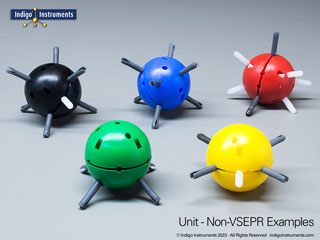Unit
Get the biggest molecular models-Unit atoms are 45mm in diameter. Compare the Unit cyclohexane to the smaller one.
Build big models-giant ice to VSEPR Theory or unique close packed crystal structures.
Prefer lots of smaller atoms? See our Orbit crystal lattice structure models.
And, we have all the spares to custom models, expand existing structures or replace missing bits
Big Molecular Models for Big Classrooms
Unit style molecular models are so versatile they're practically in their own multiverse. Use them for organic/inorganic, VSEPR, Point Groups or lattice structures. Unit atoms are 45mm diameter & make any compound or crystal structure visible at the back of large lecture halls.
Unit atoms were designed for crystal lattices and are configurable for 1-6, 8 & 12 coordinate geometries.







